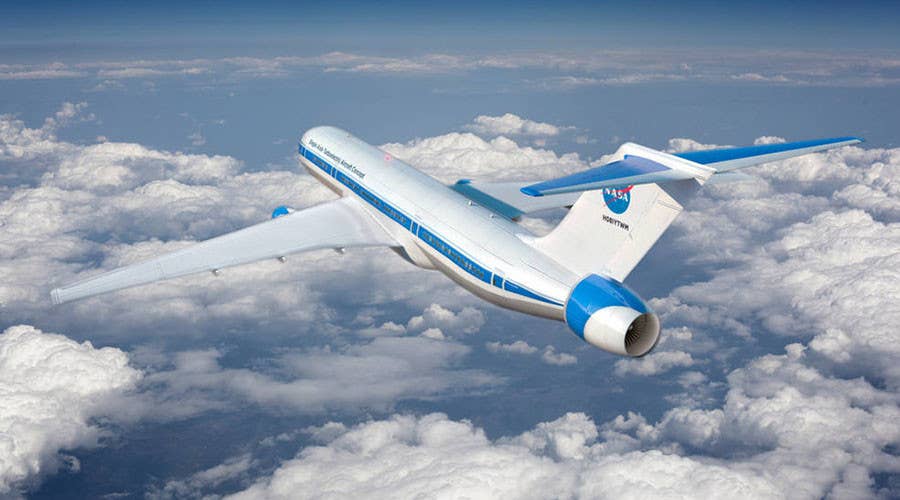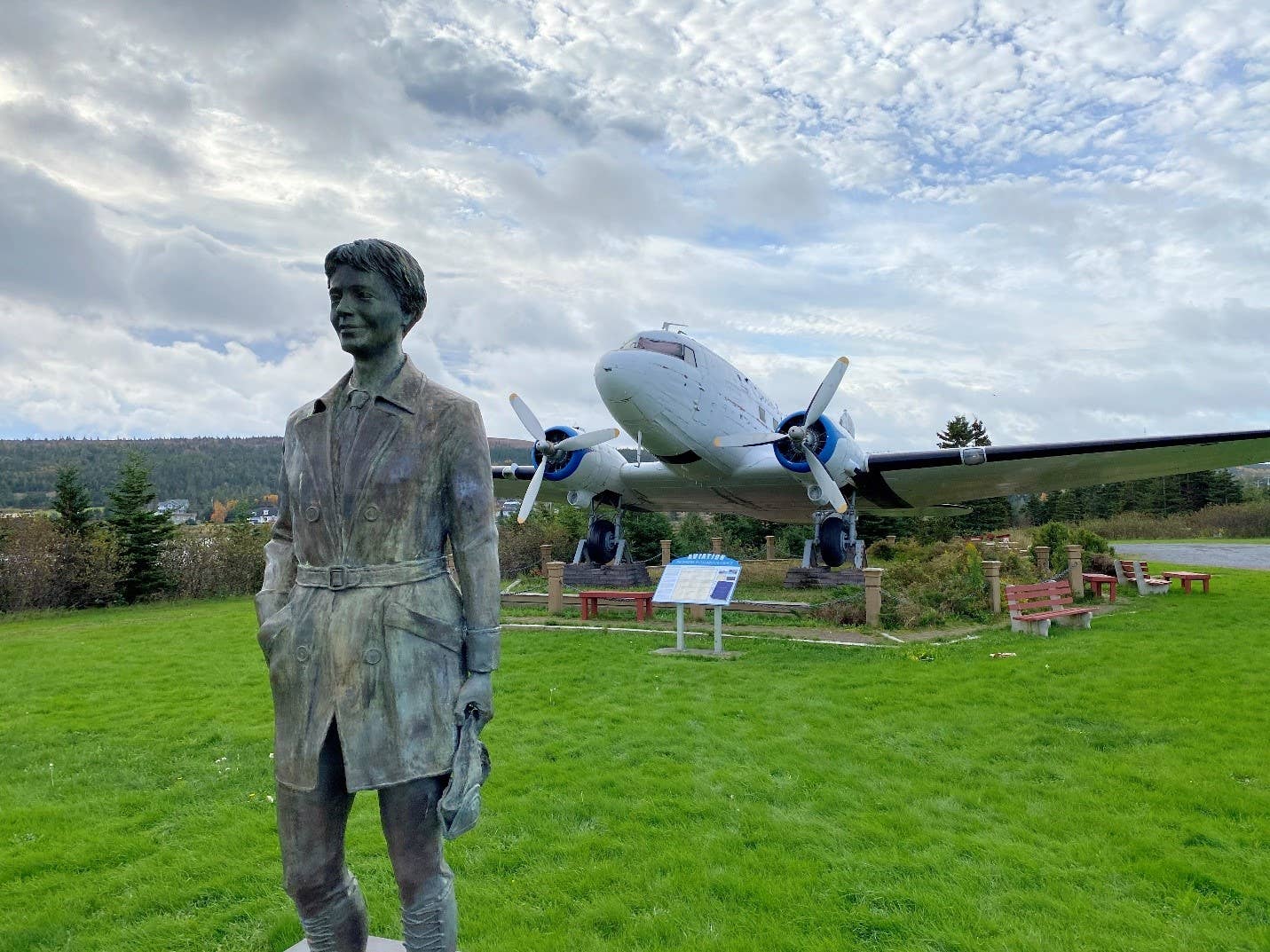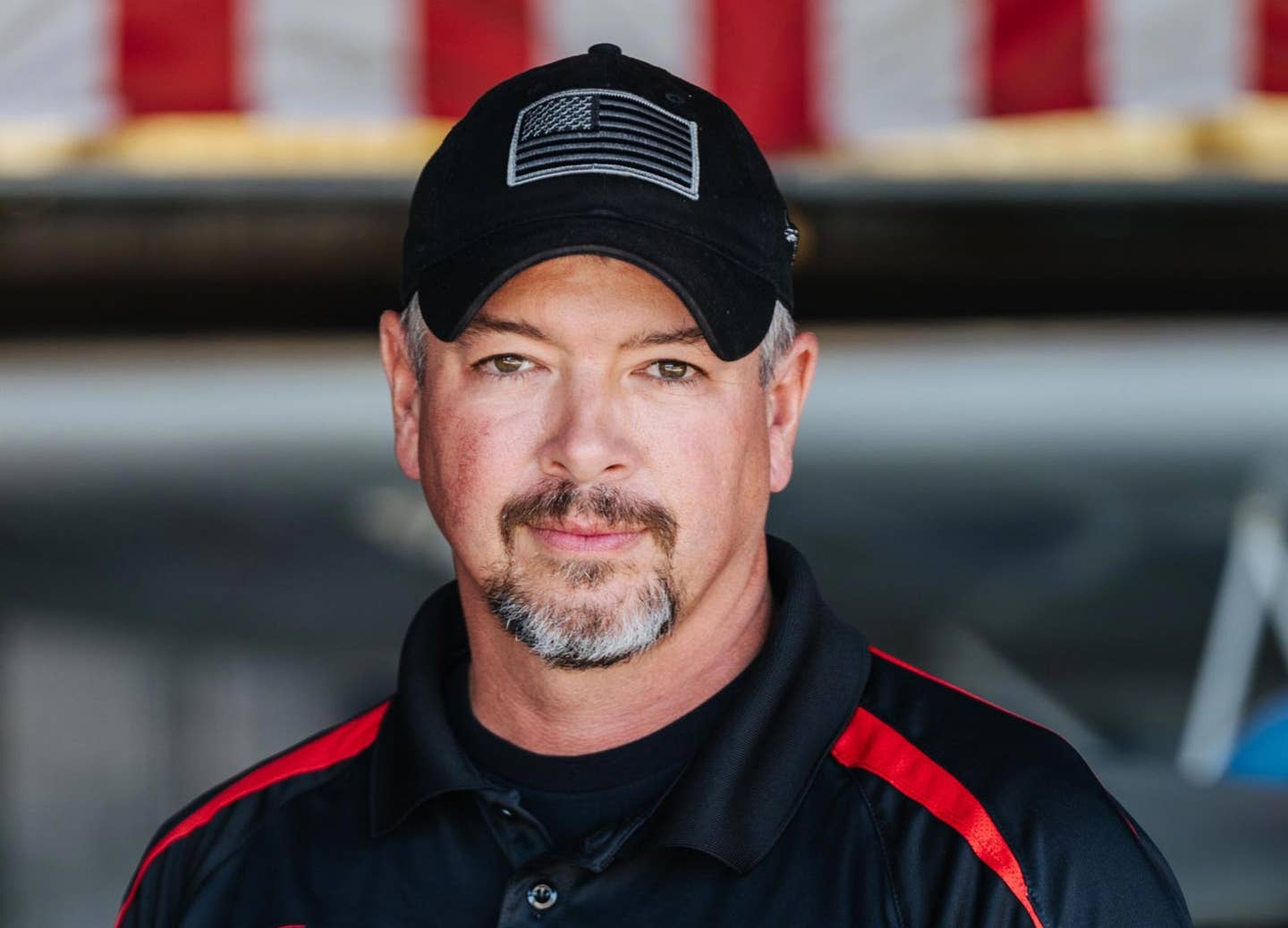Finavia: Electric Airliners By The End Of The Decade
Finavia, the entity responsible for maintaining public airports in Finland, has joined the Network for Electric Aviation and predicts that electric airliners will be used on domestic routes before the…

Finavia, the entity responsible for maintaining public airports in Finland, has joined the Network for Electric Aviation and predicts that electric airliners will be used on domestic routes before the decade is out. This move, along with the funding of electric-aircraft research and development, is part of Finavia’s aggressive climate program aimed at decreasing CO2 emissions at airports.
“Electric-powered aircraft will likely be a vital part of tackling the environmental challenges of the aviation industry. As an airport operator we want to find out what kind of development electric flying will require from our airports,” said Henri Hansson, technical director at Finavia. “I believe that in Finland, the first electric passenger aircraft will fly on a domestic route by the end of 2020s. If a clean method such as wind or solar power is used to produce the necessary electricity, the electric aircraft of the future could fly completely emission-free. Electric aircraft will be suited especially for short routes.”
Finavia’s announcement comes just ahead of meetings with Finnair to “discuss electric aviation in workshops. The topics include standardizing electric air infrastructure in the Nordic countries and developing aircraft technology for Nordic weather conditions.”
“NEA is a Nordic network that works with both infrastructure, industry issues and new business models. We aim at highlighting the necessary aspects needed to provide credible roadmap towards Nordic electric aviation,” said NEA's project manager, Maria Fiskerud. According to the company, NEA is made up of Nordic airport operators, airlines, and start-ups “specialized in electric aviation.”






